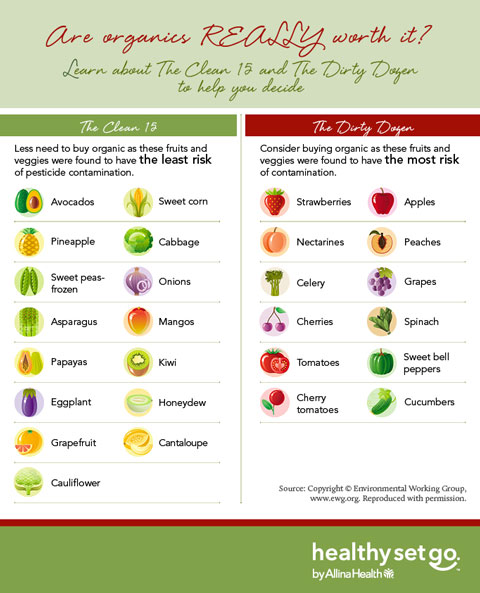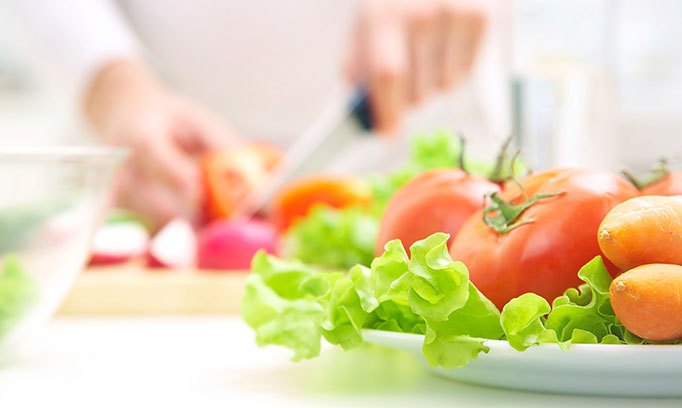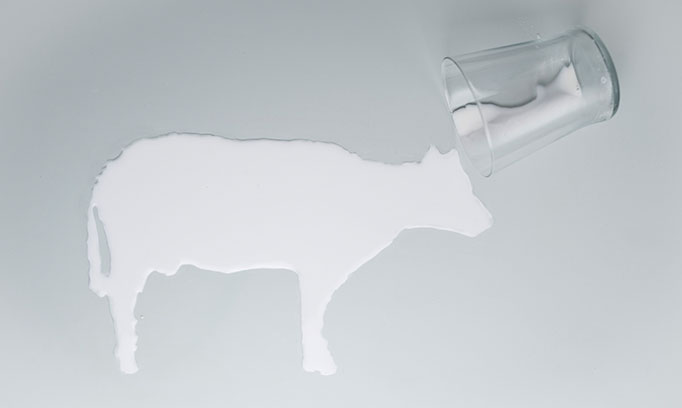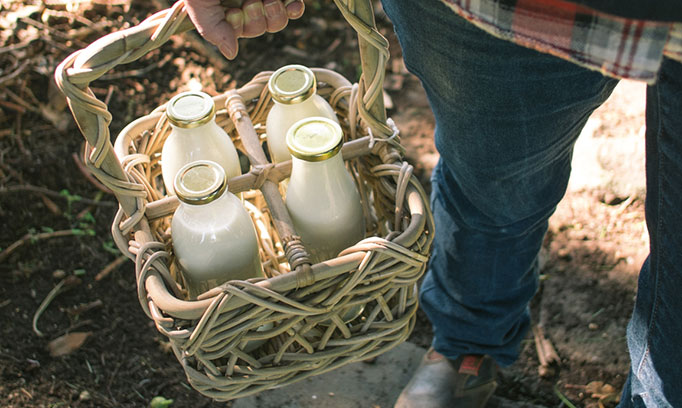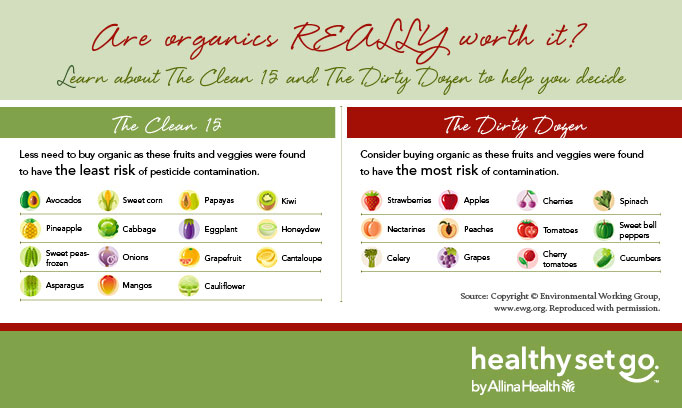
NOURISH
The clean 15 and the dirty dozen
Posted February 26, 2017
You try to eat healthy, but organic fruits and vegetables can be pricey. Will paying that extra cash for organic produce really benefit you? And, how do you know what kinds of food may have been exposed to harmful pesticides or contaminants?
Each year since 2004, the Environmental Working Group (EWG) has published the Shopper's Guide to Pesticides in Produce™. Updated yearly, it lists pesticide contamination for 48 popular fruits and vegetables as tested by the U.S. Department of Agriculture and the Food and Drug Administration.
For 2016, the Guide lists "The Clean 15," those fruits and vegetables found to have the least risk, as well as "The Dirty Dozen," those food items found to have the most risk of contamination.
[Click on infographic to view larger.]
View text in alternative format.
The Clean 15 and the Dirty Dozen
Are organics really worth it?
Learn about The Clean 15 and The Dirty Dozen to help you decide
[Illustrations of each fruit and veggie listed]
The clean 15
Less need to buy organic as these fruits and veggies were found to have the least risk of pesticide contamination
Avocados
Sweet corn
Pineapple
Cabbage
Sweet peas – frozen
Onions
Asparagus
Mangoes
Papayas
Kiwi
Eggplant
Honeydew
Grapefruit
Cantaloupe
Cauliflower
The Dirty Dozen
Consider buying organic as these fruits and veggies were found to have the most risk of contamination
Strawberries
Apples
Nectarines
Peaches
Celery
Grapes
Cherries
Spinach
Tomatoes
Sweet bell peppers
Cherry tomatoes
Cucumbers
Source: Copyright Environmental Working Group, www.ewg.org. Reproduced with permission.
Healthy Set Go by Allina Health
WHAT YOU CAN DO
-
WELLcast podcasts
Listen and learn
MORE LIKE THIS
EMPOWER YOURSELF
Get fun, inspiring, provider-reviewed articles sent to your inbox.
Sign up for our email newsletter

